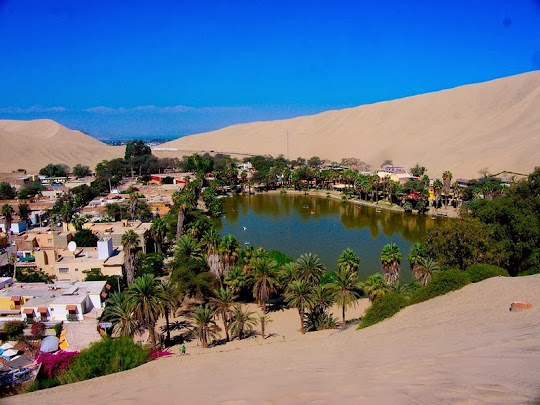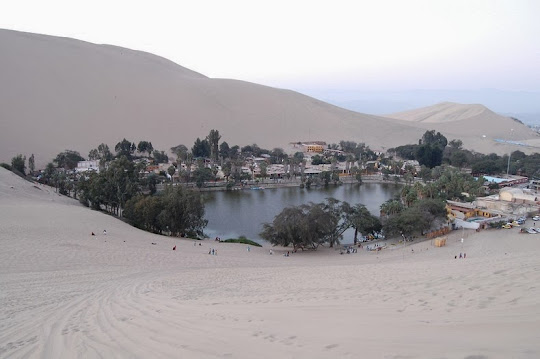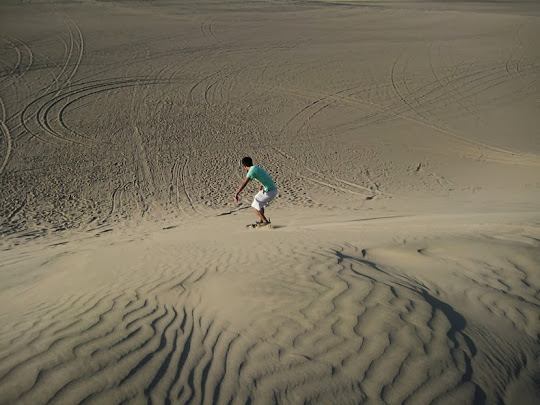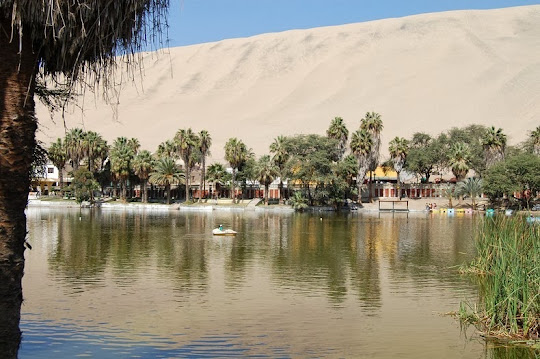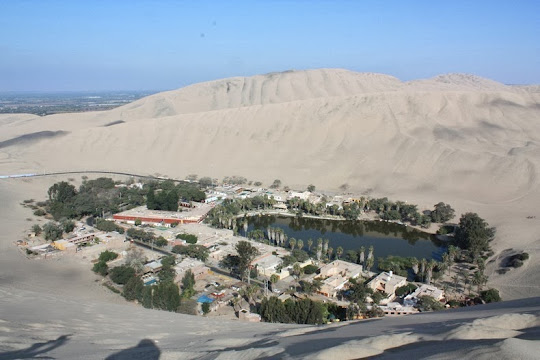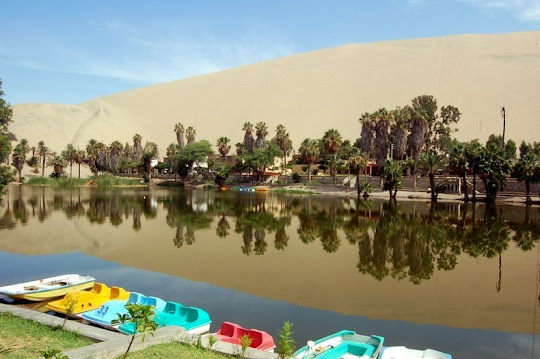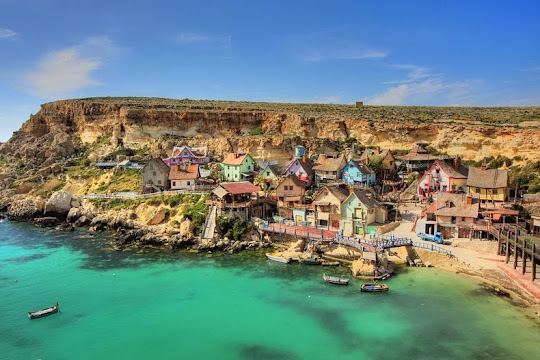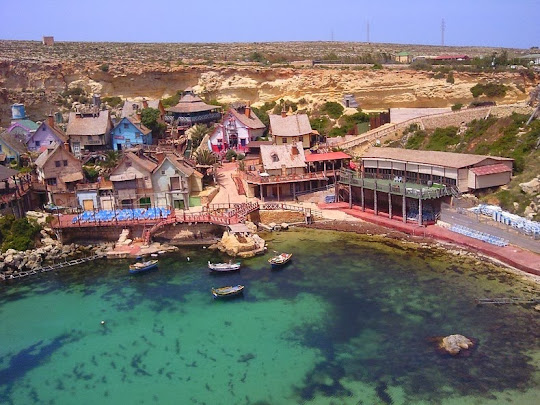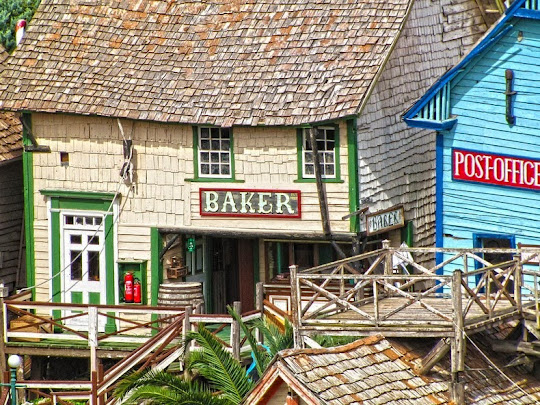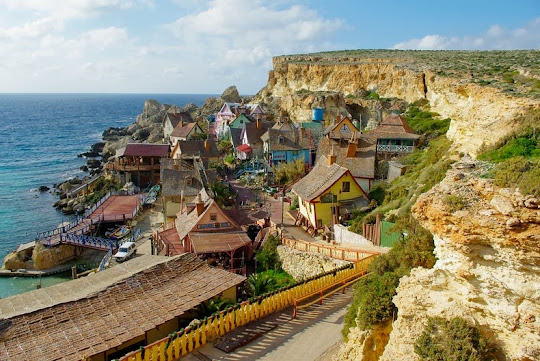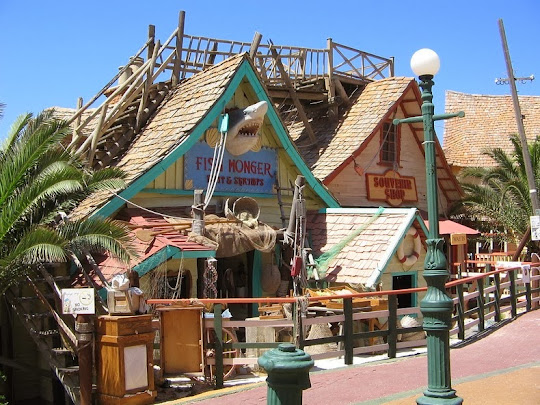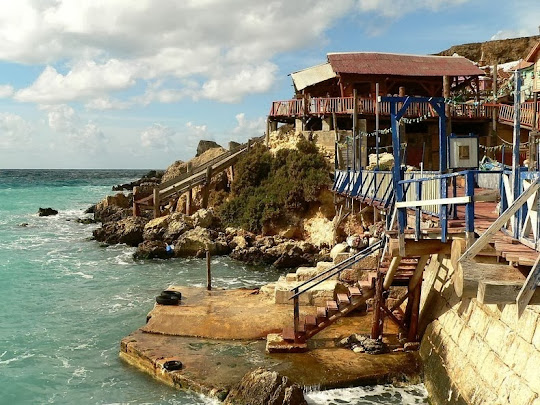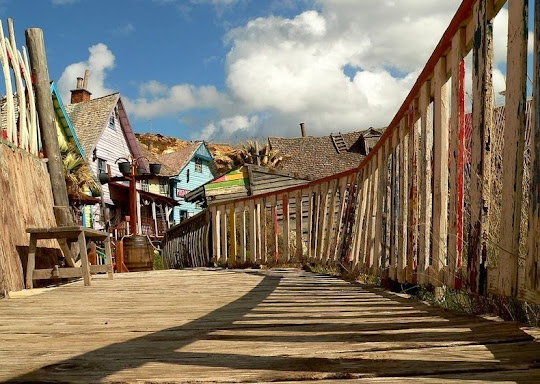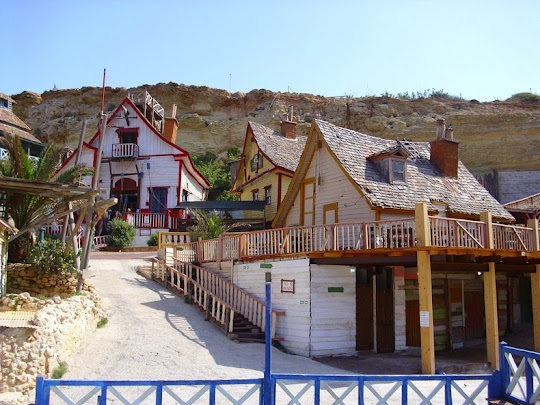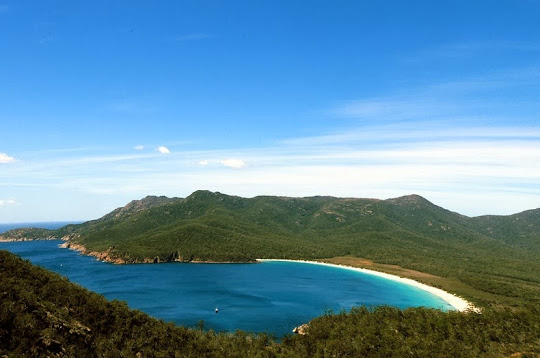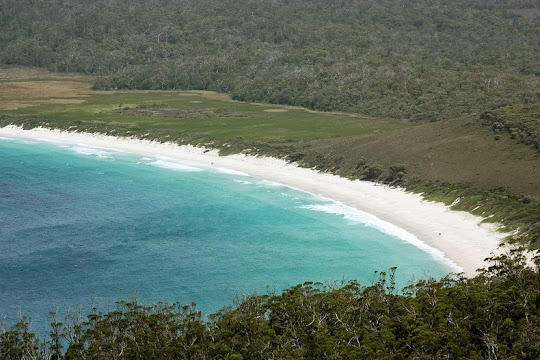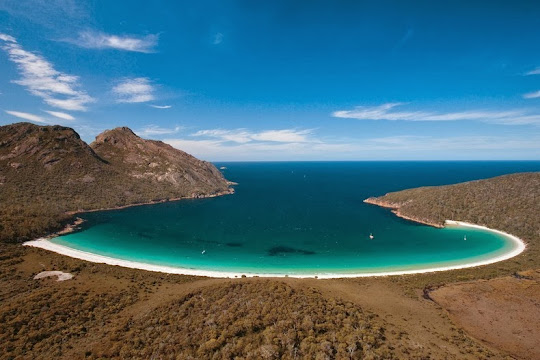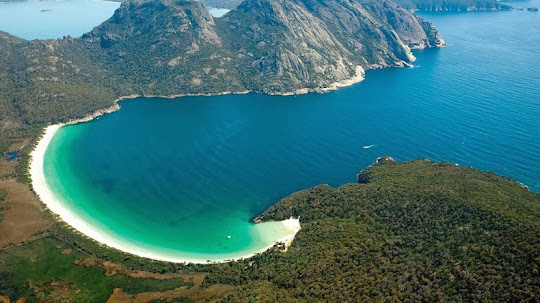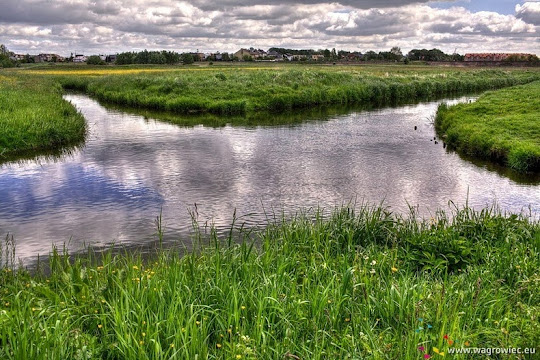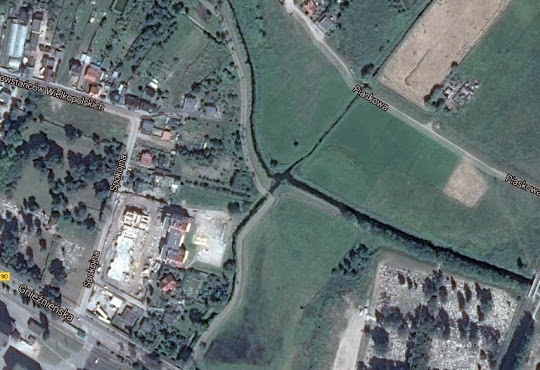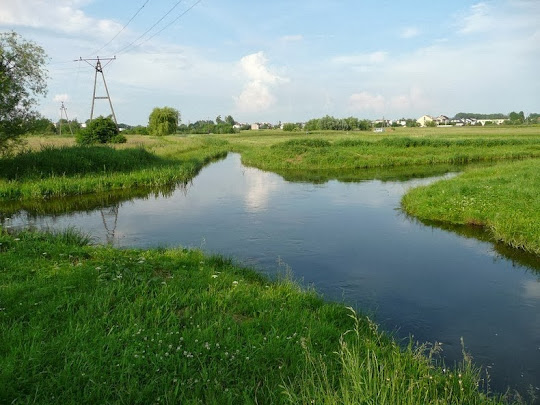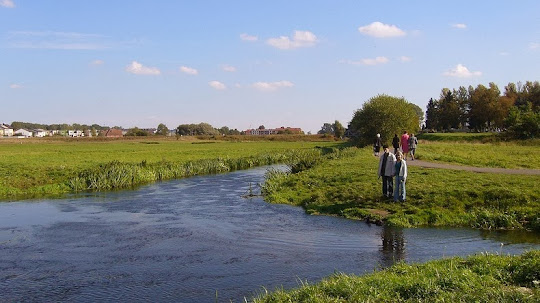The first sword appeared during the Bronze Age. It was made of copper and was uncovered at the Harappan sites in present-day Pakistan. By the Middle Ages iron and steel swords were being mass produced and used in battle. Soldiers were trained in swordsmanship and prepared for combat. It was before the era of guns and high powered artillery and face to face fighting was the norm. During this time in history, all of the royal generals, kings, and emperors owned personal swords. These weapons were manufactured by the greatest sword makers of the time. Many historical manuscripts document events surrounding significant swords. This article will be examining ten world famous swords that still survive today. Mythological and legendary swords will not be listed.
10. Tomoyuki Yamashita’s Sword
Tomoyuki Yamashita was a general of the Japanese Imperial Army during World War II. He became known during the war after conquering the British colonies of Malaya and Singapore, ultimately earning the nickname “The Tiger of Malaya.” After the end of World War II, Yamashita was tried for war crimes relating to the Manila Massacre and many other atrocities in the Philippines and Singapore. It was a controversial trial that ended with a death sentence for Tomoyuki Yamashita. The case changed the United States rules in regards to command responsibility for war crimes, creating a law known as the Yamashita Standard.
 The Sword
The Sword
During his military career, Tomoyuki Yamashita owned a personal sword that contained a blade manufactured by famous sword maker Fujiwara Kanenaga sometime between 1640 and 1680. The weapon had its handle remade in the early 1900s. The Samurai sword was surrendered by General Yamashita, along with his army, on September 2, 1945. It was taken by General MacArthur and given to the West Point Military Museum where it remains today. The sword is one piece in a great collection of military arms housed at the West Point Museum.
9. Curved Saber of San Martin
José de San Martín was a famous Argentine general that lived from 1778-1850. He was the primary leader of the southern part of South America’s struggle for independence from Spain. San Martín is a South American hero and the 1st Protector of Perú. Under the lead of San Martín, Peruvian independence was officially declared on July 28, 1821. In the state of Argentina, the Order of the Liberator General San Martin is the highest decoration given out.
 The Sword
The Sword
One of the most cherished possessions of José de San Martín was a curved sword that he purchased in London. San Martín admired the saber’s curved blade and felt that the weapon was maneuverable and ideal for battle. For this reason, he armed his cavalries of granaderos with similar weapons, which he deemed important for charge attacks. The curved sword stayed with San Martín until his death and was then passed down to the General de la Republica Argentina, Don Juan Manuel de Rosas.
In his will San Martín referred to the sword as “The saber that has accompanied me throughout the War of Independence of South America.” In 1896 the weapon was sent to the National Historical Museum in Buenos Aires where it remains today. In the 1960s the sword was stolen on two separate occasions and this caused museum operators to build a screened gazebo to protect the artifact.
8. Seven-Branched Sword The Baekje Dynasty was an ancient kingdom located in southwest Korea. At its peak in the 4th century, Baekje controlled colonies in China and most of the western Korean Peninsula. They were one of the Three Kingdoms of Korea, together with Goguryeo and Silla. In 372, King Geunchogo of Baekje paid tribute to Eastern Jin and it is believed that a Seven-Branched Sword was created and given to the king as a sign of praise.
 The Sword
The Sword
The weapon is a 74.9 cm long iron sword with six branch-like protrusions along the central blade, which is 65.5 cm. The sword was developed for ceremonial purposes and was not built for battle. In 1870 a Shinto priest named Masatomo Kan discovered two inscriptions on the Seven-Branched Sword. One of them states “At noon on the sixteenth day of the eleventh month, fourth year of Taiwa era, the sword was made of 100 time’s hardened steel. Using the sword repels 100 enemy soldiers. Appropriate for the polite duke king.”
The Seven-Branched Sword contains many statements, but the most controversial involves the phrase “enfeoffed lord,” used when describing the King of Wa as a possible subservient to the Baekje ruler. The sword is an important historical link and shows that a relationship did exist between the East Asian countries of this era. The original Seven-Branched Sword is currently housed in the Isonokami Shrine in Nara Prefecture of Japan. It is not on display to the public.
7. Wallace Sword
William Wallace was a Scottish knight who lived from 1272-1305. Wallace is known for leading a resistance against England during the Wars of Scottish Independence, which were waged during the late 13th and early 14th centuries. During his lifetime, William Wallace was appointed the Guardian of Scotland. He led an infantry of soldiers who engaged the enemy in hand to hand combat. The prize possession of many of these soldiers was their sword. In order to survive on the battlefield one had to be a talented swordsman. In 1305, William Wallace was captured by King Edward I of England and was executed for treason. Today William Wallace is remembered in Scotland as a patriot and national hero. His sword is one of the most famous in the world.
 The Sword
The Sword
The William Wallace sword is located at the National Monument in Stirling, Scotland. The shaft of the sword measures 4 feet by 4 inches in length (132cm) and it weighs 6.0 lb (2.7 kg). The sword is said to be the weapon that Wallace used at the Battle of Stirling Bridge in 1297 and the Battle of Falkirk (1298). The pommel on the sword consists of an onion-shaped piece of gilded iron and the grip is wrapped with dark brown leather. The hilt or handle that is currently on the Wallace sword is not the original. It is believed that the sword has been modified on separate occasions.
After the execution of William Wallace, Sir John de Menteith, governor of Dumbarton Castle, received his sword. In 1505, King James IV of Scotland paid the sum of 26 shillings to have the sword binned with cords of silk. It is said that the sword underwent many changes, which might have been necessary because Wallace’s original scabbard, hilt and belt were said to have been made from the dried skin of Hugh Cressingham, who was an English commander.
6. Tizona
El Cid is a man that was born circa 1040 in Vivar, which was a small town about six miles north of Burgos, the capital of Castile. The Kingdom of Castile was one of the medieval empires of the Iberian Peninsula. During his lifetime El Cid became a successful military leader and diplomat. He was named the chief general of the army of Alfonso VI and became a Spanish hero. El Cid was the king’s most valuable asset in the fight against the Moors. He was a skilled military strategist and strong swordsman.
 The Sword
The Sword
El Cid owned and used many different swords in his lifetime, but the two most famous are Colada and Tizona. Tizona is a sword that was used by El Cid to fight against the Moors. The weapon is one of Spain’s most cherished relics and is believed to have been forged in Córdoba, Spain, although considerable amounts of Damascus steel can be found in its blade. Damascus steel was primarily used in the Middle East. Tizona is 103 cm/40.5 inches long and weighs 1.1 kg/2.4 pounds. It contains two separate inscriptions, with one listing a manufactory date of 1002 and the other quoting the Catholic prayer Ave Maria. Tizona is currently on display at the Museo de Burgos in Spain.
5. Napoleon’s Sword
In 1799, Napoleon Bonaparte became the military and political leader of France after staging a coup d’état. Five years later the French Senate proclaimed him emperor. In the first decade of the 19th century Napoleon and the French Empire were engaged in conflict and war with every major European power. Ultimately, a series of victories gave the French a dominant position in continental Europe, but as history would later repeat itself, in 1812 the French began their invasion of Russia. The decision to invade Russia marked the turning point in the fortune of Napoleon. In 1814, the Sixth Coalition invaded France and Napoleon was captured and exiled to the island of Elba. He would escape, but ultimately died in confinement on the island of Saint Helena. Historians regard Napoleon as a military genius and a man who made strong contributions to the operational art of war.
 The Sword
The Sword On the battlefield Napoleon carried a pistol and a sword. He owned a large collection of arms and artillery. His weapons were one of a kind and included the best materials. In the summer of 2007, a gold-encrusted sword that once belonged to Napoleon was auctioned off in France for more than $6.4 million dollars. The sword was used by Napoleon in battle. In the early 1800s, Napoleon presented the weapon to his brother as a wedding gift. The sword was passed down from generation to generation, never leaving the Bonaparte family. In 1978, the sword was declared a national treasure in France and the winner of the auction was not identified.
4. Sword of Mercy The Sword of Mercy is a famous weapon that once belonged to Edward the Confessor. Edward the Confessor was one of the last Anglo-Saxon kings of England before the Norman Conquest of 1066. He ruled from 1042 to 1066 and his reign has been characterized by the crumbling disorganization of royal power in England. Shortly after Edward the Confessor’s death, the Normans began to expand into England, led by the infamous William the Conqueror.
 The Sword
The Sword
The Sword of Mercy has a broken blade, which is cut off short and square. In 1236, the weapon was given the name curtana and has since been used for royal ceremonies. In ancient times it was a privilege to bear this sword before the king. It was considered a merciful gesture. The story surrounding the breaking of the weapon is unknown, but mythological history indicates that the tip was broken off by an angel to prevent a wrongful killing.
The Sword of Mercy is part of the Crown Jewels of the United Kingdom and is one of only five swords used during the coronation of the British monarch. The weapon is rare and is one of only a small number of swords to survive the reign of Oliver Cromwell. Cromwell is known for ordering the melting down of ancient artifacts for scrap gold and metal. During the British coronation, the Sword of Mercy is wielded as the monarch bestows knighthood upon the recipient of honor.
3. Zulfigar
Zulfiqar is the ancient sword of the Islamic leader Ali. Ali was the cousin and son-in-law of the prophet Muhammad. He ruled over the Islamic Caliphate from 656 to 661. By some historical accounts, Muhammad gave Zulfiqar to Ali at the Battle of Uhud. Muhammad admired Ali’s power and strength on the battlefield and wanted to present him with the cherished weapon. The sword is a symbol of the Islamic faith and is admired by millions of people.
Zulfiqar is a scimitar, which refers to a West Asian or South Asian sword with a curved blade. It is said that Ali used the sword at the Battle of the Trench, which is a famous siege attempt on the city of Medina. During the battle, Muhammad, Ali, and other Muslim defenders built trenches to protect Medina against the much larger confederate cavalry.
 The Sword
The Sword
A few conflicting images of the famous scimitar sword exist. Some of them describe the weapon as having two parallel blades, emphasizing its mystical abilities and speed, while others portray Zulfiqar as a more traditionally-shaped scimitar. Some historical drawings depict the sword with a split, V-shaped blade. According to the Twelver Shia, the weapon survives today and is kept in the possession of Imam Muhammad al-Mahdi. The weapon is part of the famous collection called al-Jafr.
Al-Jafr is a mystical Shia holy book. It is composed of two skin boxes that contain the most important artifacts from the time of Muhammad and Ali. The collection has been passed down over the generations, with each new Imam receiving it from his dying predecessor. The contents of Al-Jafr are quite impressive, but they are not made available for public viewing. One section of the book describes the Islamic rules, directives and matters surrounding wars, including a bag that contains the armor and weapons of Muhammad. Zulfiqar is said to sit among the priceless artifacts.
2. Honjo Masamune
Masamune was a Japanese swordsmith that is widely regarded as one of the world’s greatest metallurgists. The exact dates for Masamune’s life are unknown, but it is believed that he worked from 1288–1328. Masamune’s weapons have reached legendary status over the centuries. He created swords known as tachi and daggers called tant?. The swords of Masamune have a strong reputation for superior beauty and quality. He rarely signed his works, so it can be hard to positively identify all his weapons.
 The Sword
The Sword
The most famous of all Masamune swords is named Honjo Masamune. The Honjo Masamune is so important because it represented the Shogunate during the Edo period of Japan. The sword was passed down from one Shogun to another for generations. In 1939 the weapon was named a national treasure in Japan, but remained in the Kii branch of the Tokugawa family. The last known owner of Honjo Masamune was Tokugawa Iemasa. Apparently Tokugawa Iemasa gave the weapon and 14 other swords to a police station in Mejiro, Japan, in December of 1945.
Shortly thereafter in January 1946, the Mejiro police gave the swords to Sgt. Coldy Bimore (U.S. 7th Cavalry). Since that time, the Honjo Masamune has gone missing and the whereabouts of the sword remains a mystery. Honjo Masamune is one of the most important historical artifacts to disappear at the end of World War II.
1. Joyeuse
Charlemagne is a man that was born circa 742. He is one of the greatest rulers in world history and became King of the Franks in 768. In 800 he was named Emperor of the Romans, a position that he held for the remainder of his life. In the Holy Roman Empire he was known as Charles I and was the first Holy Roman Emperor. During Charlemagne’s lifetime he expanded the Frankish kingdom into an empire, which covered much of Western and Central Europe. Charlemagne is regarded as the founding father of both the French and German monarchies, as well as the father of Europe.
 The Sword
The Sword
Joyeuse is the name of Charlemagne’s personal sword. Today, there are two swords attributed to Joyeuse. One is a saber that is kept in the Weltliche Schatzkammer in Vienna, while the other is housed at the Louvre in France. The blade on display at the Louvre claims to be partially built from Charlemagne’s original sword. The sword is made of parts from different centuries, so it can be hard to positively identify the weapon as Joyeuse. The hilt of the sword indicates a manufactory date around the time of Charlemagne. The heavily sculpted gold pommel is made in two halves and the long gold grip was once decorated with diamonds.
Charlemagne’s sword appears in many legends and historical documents. Bulfinch’s Mythology described Charlemagne using Joyeuse to behead the Saracen commander Corsuble as well as to knight his friend Ogier the Dane. After the death of Charlemagne, the sword was said to have been contrarily held by the Saint Denis Basilica and it was later taken to the Louvre after being carried at a Coronation processional for French kings.
Source 
